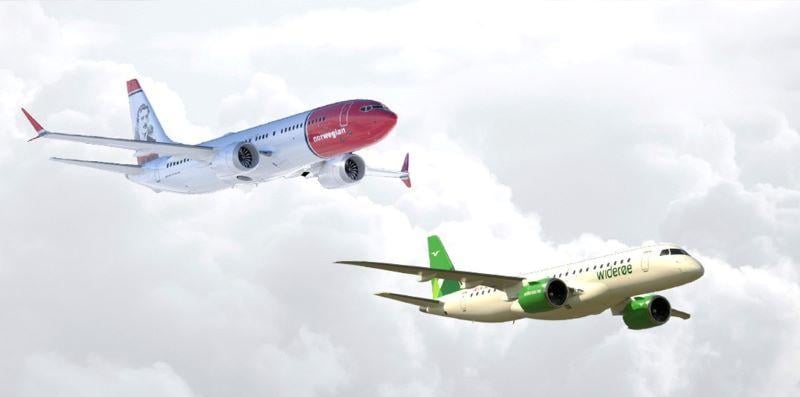
Credit: Wideroe
Less than three years after having been forced to file for bankruptcy, Norwegian is pressing ahead with another transformative move by announcing the acquisition of regional carrier Widerøe. Norwegian will pay NOK1.125 billion ($105 million) to Widerøe’s owner WF Holding as part of the agreement...
Subscription Required
This content requires a subscription to one of the Aviation Week Intelligence Network (AWIN) bundles.
Schedule a demo today to find out how you can access this content and similar content related to your area of the global aviation industry.
Already an AWIN subscriber? Login
Did you know? Aviation Week has won top honors multiple times in the Jesse H. Neal National Business Journalism Awards, the business-to-business media equivalent of the Pulitzer Prizes.





